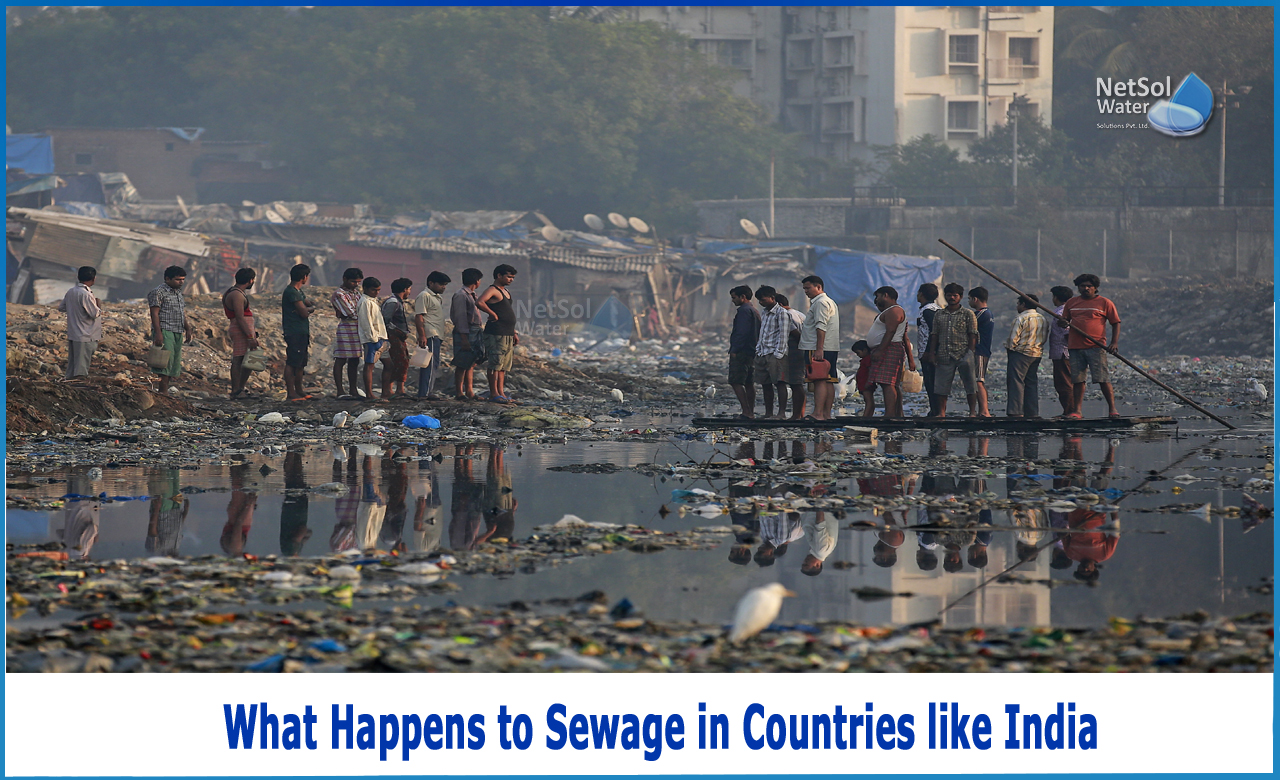Overview: Untreated Sewage and the 21st Century
One of the most extensive problems faced by 21st century people is untreated sewage, population growth, urbanization, industrialisation and a lack of innovative sewage treatment solutions, which has led to an increase in sewage volume globally.
Households, industries and agriculture are becoming a major source of sewage. Raw sewage contains harmful components such as chemicals, dangerous pathogens, toxic substances, debris and heavy metals.
Moreover, this can also lead to water pollution, while threatening human health and the Environment.
An insight on Geography of Sewage in Developing Countries
The sewage situation in developing countries is more worrisome in comparison with developed countries. It is all because of the improper sanitation facilities, poor infrastructure, water scarcity and bad economic conditions. These are becoming major reasons for sewage-related issues.
Waste overload is majorly caused by industrialization and urbanization, which have escalated the sewage crisis.
Upper-middle-income countries treat only 38% of municipal and industrial sewage water and lower-middle-income countries treat only 28% according to a report by the United Nations World Water Development 2017.
Around 6 litres of toilet sewage are generated by an individual each day. Lack of proper sewage treatment solutions result in the generation of around 14 billion litres of contaminated water every day.
What diseases are caused due to untreated sewage?
This can lead to diseases such as diarrhoea, cholera and typhoid. It also results in deaths of children every year. Moreover, the poor communities residing in developing as well as third world countries, are the most affected.
What happens to sewage in countries like India?
The sewage or wastewater in India is regularly disposed of in lakes, rivers and seas which pollutes water bodies across the whole country.
Improper sanitation facilities or improper sewage disposal methods are faced by the people living in the rural areas. Even today, defecation in the open is still a major problem that pollutes water bodies and causes a number of diseases.
However, on the other hand, urban cities in India have large scale sewage systems, and maintaining their efficiency is a very difficult task due to the increasing population, lack of infrastructure and funds, which are also a major problem for the sewage situation in India.
In 2015, 62,000 million litres per day of sewage was produced in urban areas, but the treatment capacity was limited to 23,277 MLD. According to another report, out of 816 sewage treatment plants, only 522 work. Around 70% of urban sewage is left untreated in India.
Conclusion
UASB reactor technology according to some reports suggest that is the best option for sewage treatment in developing countries because of its simple technicalities and lower usage costs associated with it.
However, it is a social as well as an environmental problem that requires urgent solution.Better sewage treatment management in developing countries should reduce the risk of the diseases and environmental impacts.
How can we help?
Netsol Water is a significant water and wastewater treatment firm in India, offering WTP, WWTP, STP, ETP, RO Plant manufacture, among other services.
Netsol Water is Greater Noida-based leading water & wastewater treatment plant manufacturer. We are industry's most demanding company based on client review and work quality. We are known as best commercial RO plant manufacturers, industrial RO plant manufacturer, sewage treatment plant manufacturer, Water Softener Plant Manufacturers and effluent treatment plant manufacturers. Apart from this 24x7 customer support is our USP. Call on +91-9650608473, or write us at enquiry@netsolwater.com for any support, inquiry or product-purchase related query.



